


Frozen Embryo Transfer
Hundreds of thousands of babies have been born from cryopreserved embryos
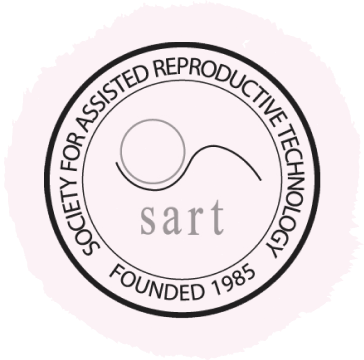

There is no indication of any increase in the rate of birth defects, and the implantation rate of the thawed embryos is equal to the “fresh”, unfrozen embryo implantation rate.

Frozen Embryo Transfer
Embryo cryopreservation, thawing, and Frozen Embryo Transfer are considered to be very safe procedures.
The uterine lining (endometrium) is prepared for embryo implantation by taking estrogen and progesterone supplementation. These medications are administered until the placenta is able to produce enough estrogen and progesterone to sustain the pregnancy resulting from Frozen Embryo Transfer.
Once the medications are discontinued, the pregnancy is indistinguishable from natural conception, and your obstetrical care should be no different than if you conceived without any treatment.
The cost of Frozen Embryo Transfer at Bay IVF is $4,800, but it is included in the IVF Duo and IVF Trio Financial Plans.

Frozen Embryo Transfer Treatment Process

1 — Endometrial stimulation
Your treatment is always individualized to maximize the probability of a successful outcome. You will receive your personalized endometrial stimulation calendar.

2 — Frozen embryo thawing procedure
The start of the thawing procedure is carefully timed and performed at our Clinic on the day of your Frozen Embryo Transfer.

4 — Assisted hatching of embryos
A laboratory procedure that creates a “weak spot” in the eggshell of an embryo. This technique enhances the chances of the embryo hatching out of its shell and successfully implanting.

3 — Culture of the thawed embryo(s)
The thawed embryos are being prepared for assisted hatching and embryo transfer.

5 —Embryo transfer
One or two embryos are carefully loaded into the tip of a thin embryo transfer catheter. The catheter is then guided through the cervix to the top of the endometrial cavity, where the embryo(s) are gently released.

6 — Embryo implantation
After the embryo transfer, the endometrial lining gently supports the embryo(s) within the top of the uterus. There are no restrictions on your physical activity.
Below is an example of endometrial stimulation for Frozen Embryo Transfer. Your individualized protocol may take less or more time to complete.
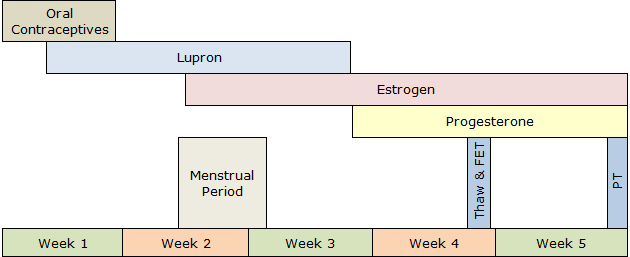

Frozen Embryo Transfer Procedure
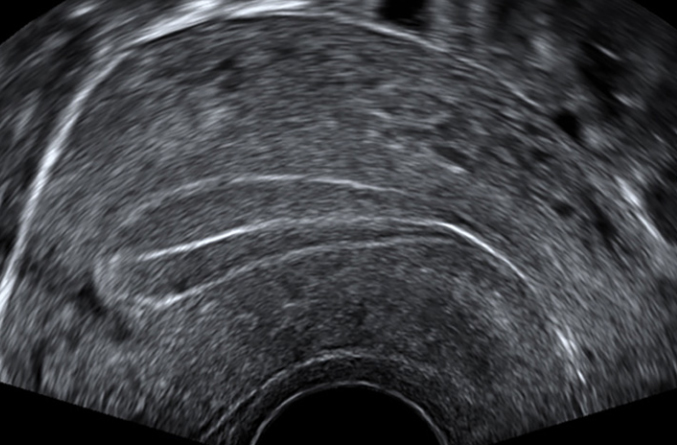
Preparation of endometrial lining
There are several forms of endometrial lining stimulation protocols, each with many modifications. Your treatment is always individualized.
The treatment begins with taking oral contraceptives. They are started within the first four days of the beginning of a menstrual cycle. A few days after the last pill, you will have a menstrual period, and the endometrial stimulation will begin at that time.
The endometrial lining preparation is straightforward, and you should not expect any side effects.
The ultrasound picture shows a well-developed endometrial lining ready for embryo transfer.

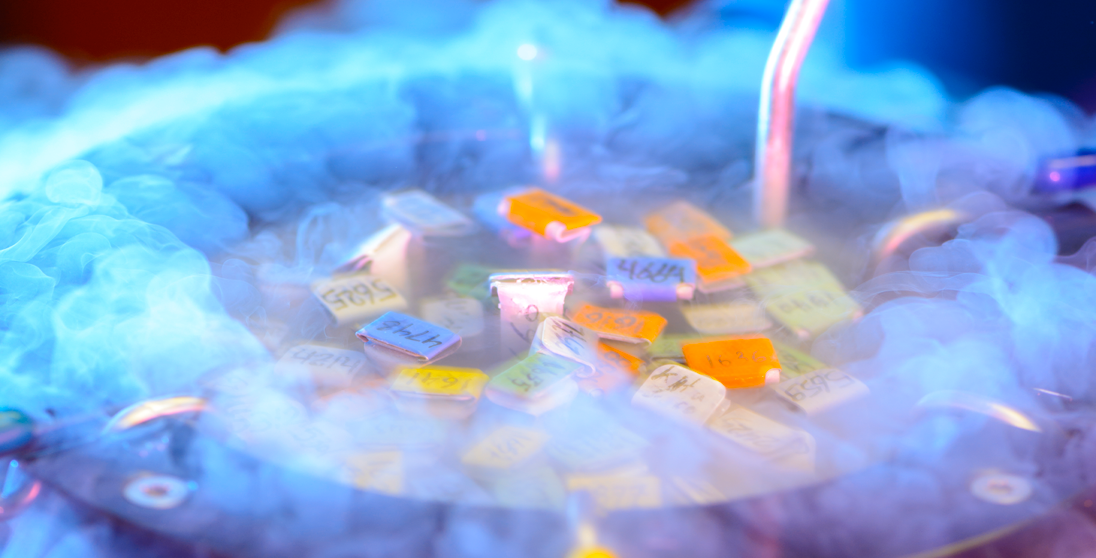
Frozen embryo thawing procedure
You will need to decide and communicate to us whether you would like to thaw and transfer one or two embryos. Please let us know if you need help with this decision.
Selecting one or two embryos will eliminate the risk of a high-order multiple pregnancy (triplets or more). With this approach, most pregnancies from cryopreserved embryos are single-baby pregnancies.

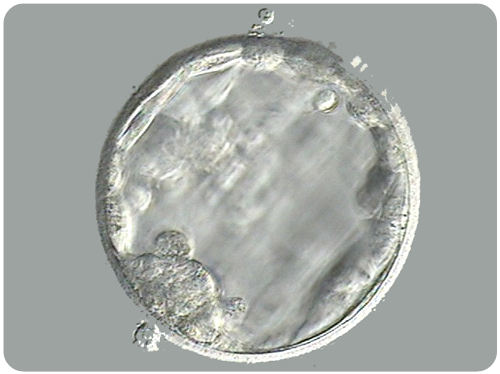
Culture of Embryos
After thawing, the embryos are briefly cultured before their transfer into the uterus. The culture results in the re-expansion and “rehydration” of the embryos.
This picture shows an advanced stage of blastocyst development. Notice the central fluid-filled cavity. The cells within the blastocyst have already differentiated into the inner cell mass (at seven o’clock) that will give rise to the fetus and the trophectoderm cells that will form the future placenta.
At this stage, the embryos are still microscopic, invisible to the naked eye.

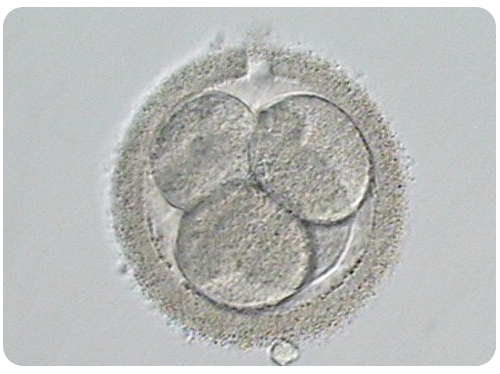
Assisted hatching of embryos
Assisted hatching is a laboratory procedure used to create a “weak spot” in the eggshell of an embryo. Since embryo freezing commonly hardens the embryo’s eggshell, assisted embryo hatching is always a part of the Frozen Embryo Transfer treatment.
This picture shows an embryo after assisted embryo hatching with an opening breaching the eggshell at the 12 o’clock position.

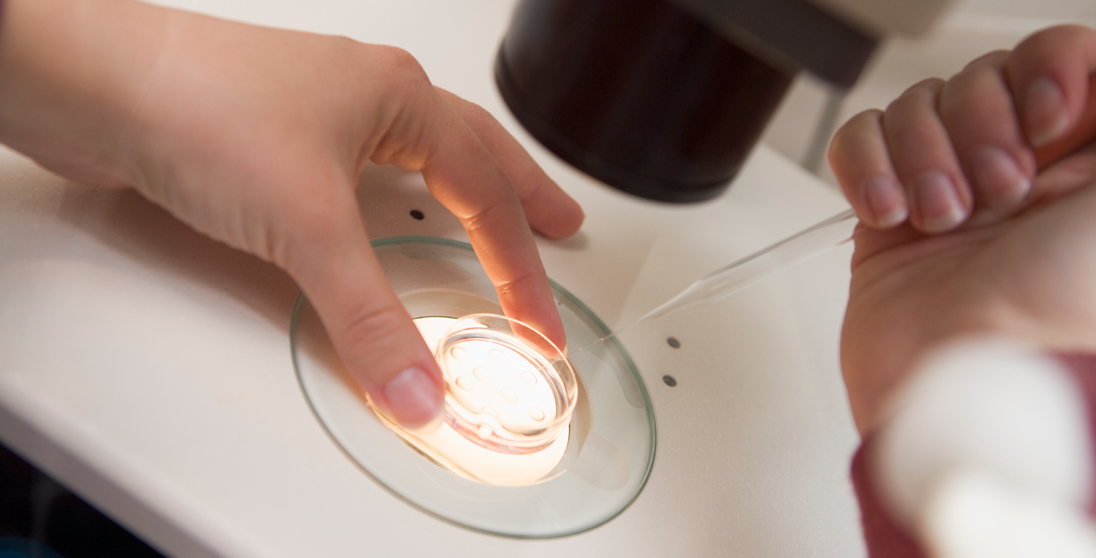
Embryo Transfer
Just before the embryo transfer, the embryo(s) is/are placed into the tip of a thin embryo transfer catheter. The catheter is then passed through the cervical canal, reaching within 15 mm of the top of the uterine cavity, where the embryos are gently released.
The embryo transfer usually takes only a few seconds to complete, and no rest is required afterward.

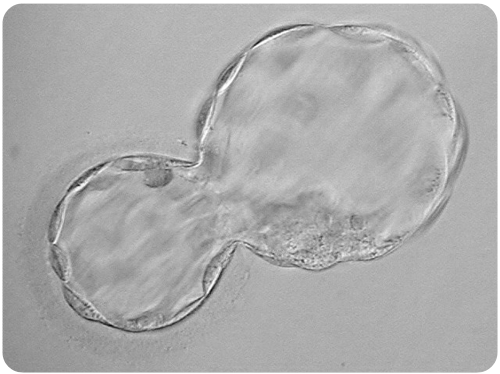
Embryo implantation
After the embryo transfer, the endometrial lining gently holds the embryo(s) within the upper part of the uterus. There are no restrictions on your physical activity during this period.
This picture shows a healthy blastocyst in the process of “squeezing out” of its eggshell. Once fully hatched, it will stay in the uterus unattached for about a day and then implant.
A blood pregnancy test is done 10 days after the embryo transfer. If the test is positive, an ultrasound examination is scheduled two weeks later to visualize the implantation site and check for a heartbeat within the embryo. Once a heartbeat is detected, there is a 95% probability that the pregnancy will result in a live birth.

Bay IVF Early Pregnancy Heartbeat




With vitrification, the embryo survival rate is very close to 100%.


FAQ — Find Answers to Your Queries
Here are some of the most commonly asked fertility-related questions. A more comprehensive FAQ selection is available on the FAQ page.
Should we transfer one or two embryos?
About half of our patients transfer two embryos at a time, while the other half choose to transfer only one embryo in each transfer. We will always provide guidance, but you will have the final say in whether to transfer one or two embryos.
What is gender selection treatment?
Gender selection is an extension of IVF treatment that utilizes the Pre-implantation Genetic Testing (PGT) procedure to identify the gender of each embryo. With this method, prospective parents can know the gender of each embryo with 100% accuracy prior to transfer into the uterus.
I am from the LGBTQ+ community. Can I have my treatment at Bay IVF?
Yes! We take pride in being one of the first fertility clinics in Northern California to offer In Vitro Fertilization services for lesbian partners. Our clinic is LGBTQ+ friendly and experienced in both lesbian IVF and Reciprocal IVF.
Is the egg retrieval procedure painful?
Your egg retrieval should be a very comfortable experience, as we use effective pain and relaxation medications. Most patients will sleep through the 5-10 minute egg retrieval procedure, though some may experience mild menstrual-like cramping.
What is the IVF cut-off age?
The probability of a successful IVF treatment becomes exceedingly low by age 44. You must be 43 and 11 months or younger at the time your IVF treatment begins. Patients who are 44 and older should strongly consider Donor Egg IVF as the most effective treatment option to achieve a successful pregnancy.
I am over 44, but my ovarian reserve is very good. Can I do IVF treatment?
We have occasionally provided IVF treatment to women over the age of 44 when their antral follicle count and AMH results suggest that their eggs are biologically younger than their chronological age.
What are the BMI requirements?
Your BMI must be no greater than 31 for an adequate ovarian response and safety during the egg retrieval procedure. If your BMI is higher, please follow the IVF Diet and Lifestyle (PDF) recommendations as closely as possible. Doing so can help you achieve weight loss at an optimal rate, which could significantly improve your chances of a successful pregnancy.
Do you offer payment plans?
Our IVF Duo and IVF Trio Financial Plans can provide substantial savings compared with single-cycle IVF fees. Two- and three-cycle financial plans for Egg Freezing are also available.
Bay IVF has partnered with Future Family to offer accessible, personal, and affordable fertility care financing. Their mission is to make fertility care more accessible and affordable. Future Family loans are an alternative to high-interest credit cards and dipping into your savings. They offer 0% APR financing for those who are eligible, as well as low monthly payment plans. Prequalifying is risk-free, easy, and will not affect your credit score.
Meet Your Doctor

- Dr. Polansky received his medical diploma from Charles University in Prague, the Czech Republic, in 1978.
- After completing his OB/GYN residency at Jewish Hospital in Saint Louis, MO, he graduated from the Reproductive Endocrinology and Infertility (REI) fellowship at Stanford University in 1985.
- In the same year, he co-founded the Stanford IVF Clinic.
- Dr. Polansky obtained board certification in Obstetrics and Gynecology in 1986 and became REI subspecialty board certified in 1988.
- In 1987, he left Stanford University and established Nova IVF.
- In 2011, he founded Bay IVF, where he provides advanced fertility treatments with a holistic approach, utilizing state-of-the-art techniques.
- Dr. Polansky personally performs ultrasound examinations, egg retrievals, embryo transfers, and ovarian and endometrial stimulations for his patients.
- He is deeply committed to his patients and is always ready to lend a helping hand.
Frank Polansky, M.D.



Initial Appointment Questions
When you call to schedule your consultation, one of our Front Office Coordinators will ask you a short series of questions regarding your reproductive history.
Your Initial Visit at Bay IVF
Attending a new patient appointment at a fertility clinic can be stressful. Our primary objective is to ensure that your initial visit is friendly and relaxing. We encourage you to ask questions at every step of the process.

1 — When You Arrive
You will be welcomed by one of the clinic receptionists. One of our nurses will measure your height and weight and take your blood pressure

2 — Meet Your Doctor
Dr. Polansky will ask you a series of clarifying questions and then provide you with a summary of the factors contributing to your infertility

4 — Exam Room
One of the nurses will escort you to an examination room. Your examination will begin with listening to your lungs and heart

3 — Ask Your Questions
You will then have a discussion with him about the most suitable reproductive treatment(s) for you. During this time, you will have the opportunity to ask any questions you may have

5 — Ultrasound of the Ovaries
The next step is a pelvic ultrasound to examine the uterus and ovaries. This ultrasound will help determine the number of antral follicles present within the ovaries

6 — Financial Part
Following that, you will have a discussion with one of the financial advisors regarding the financial aspects of your treatment, including potential treatment financing options

8 — Support 24/7
If you have any questions after leaving the clinic, please feel free to reach out to us via phone call, text, or email. Open and discreet communication is an integral part of the care we provide at Bay IVF

7 — What About Time?
Your entire visit is expected to last approximately one hour


Schedule Your Initial Consultation With Dr. Polansky
Online (free) or In-Person
Call or Text Us: 650-322-0500
You can also complete the form below to request your initial consultation


We look forward to meeting you at Bay IVF and, when your treatment is successful, celebrating your new pregnancy!








